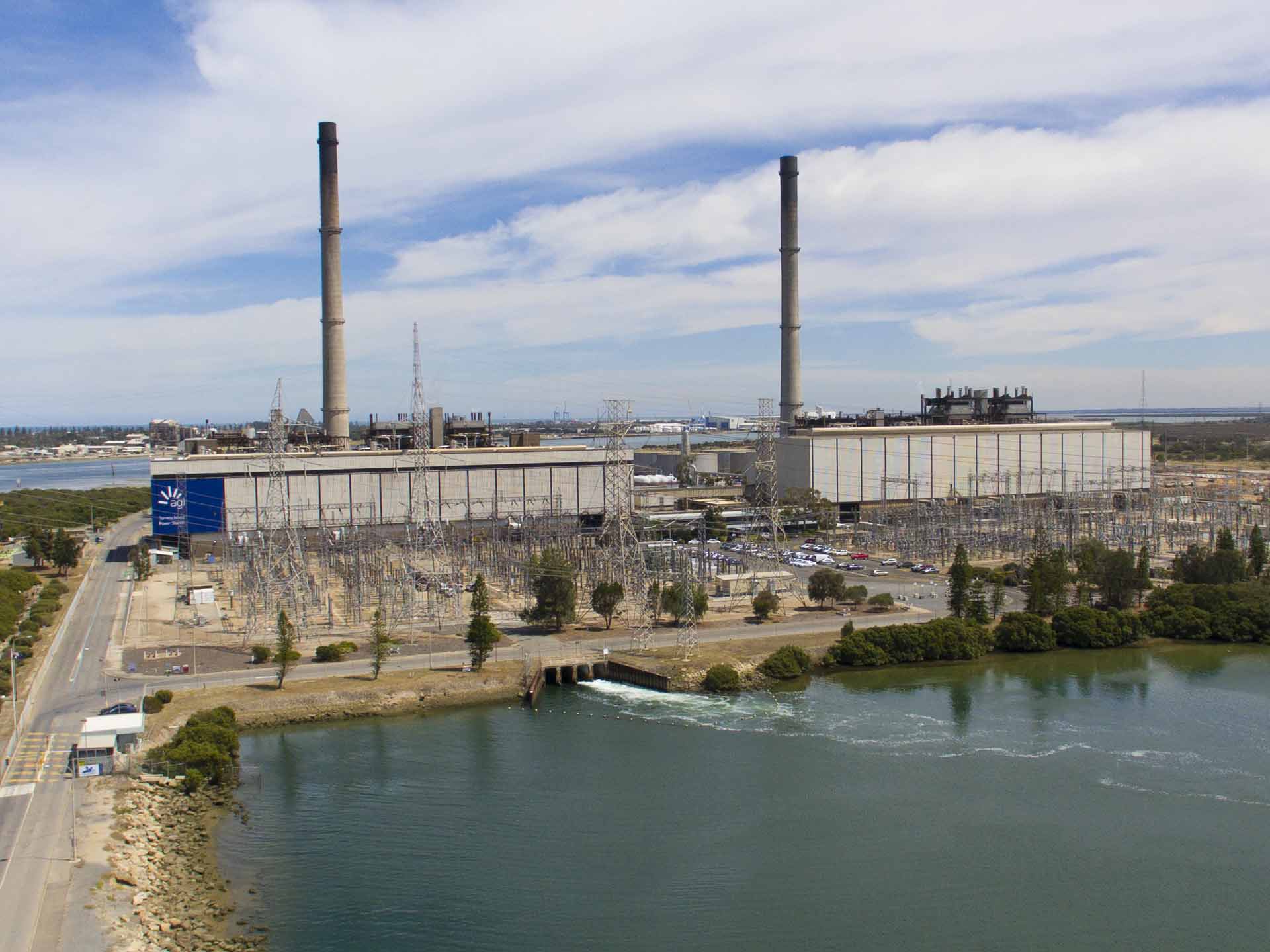Workers are suffering from the effects of lead exposure after working on a decommissioning project at a power station near Adelaide. The safety regulator, SafeWork SA, has not taken any steps to force the employer to clean up the mess or to provide support the affected workers.
Electrician and CEPU SA Member Sean Gibbons was involved in initial works of decommissioning AGL’s Torrens Island power station in South Australia. This work involved removing over 30 tons of lead covered cables without any form of safety controls in place. AGL failed to follow any of the 27 Work Health and Safety Regulations which expressly details how to deal with lead and put workers at risk. One month into the work he noticed he was experiencing some unusual symptoms.
These symptoms included fatigue, upset stomach, constipation, pins and needles in his legs, insomnia, forgetfulness, irritability, and fatigue.
“I was getting about three hours of sleep a night, just lying in bed wide awake,” he said.
Sean continued to experience these symptoms even after he had moved to another job site in regional SA.
A month after finishing up at AGL Torrens Island, Sean went for a blood test. His test results revealed lead levels three times higher than recommended. With another contractor at the time testing 4 times higher.
In April 2023 concerns were raised that dust at the worksite may contain asbestos. These concerns prompted AGL to undergo initial testing but instead of asbestos, the testing showed lead.
The lead in the dust was not only being breathed in by workers, but it was also attaching to their clothes. This meant workers were unknowingly transferring the lead to their cars and homes and putting their family members at risk as well.
It is well established that blood lead levels greater than 10 micrograms per decilitre can have harmful effects on many organs and bodily functions. Effects such as increased blood pressure, abnormally low haemoglobin, reduced kidney function, long-term kidney damage. Above 30 micrograms – reduced nerve conduction, fertility issues. Above 40 micrograms – nausea, vomiting, anorexia, constipation, abdominal cramps, weight loss, neurobehavioral effects such as forgetfulness, irritability, headache, fatigue and weakness. Abnormal brain function has been observed at blood lead levels between 10 micrograms and 60 micrograms per decilitre in adults and children. Encephalopathy (brain damage), and death in some cases, can occur at blood lead levels of 100-120 micrograms per decilitre in adults, and 70-100 micrograms per decilitre in children.
Children are particularly vulnerable to lead. It can cause poor bone development through reduction in vitamin D levels, behavioural changes such as hyperactivity, depression, and anxiety. Lead exposure can also cause hearing and cognitive impairment.
The effects on the developing brains of young children are particularly severe. For pregnant women lead exposure can harm their unborn child and raise the risk of a range of complications including miscarriage, still birth, premature birth and low birth weight.
There is no cure for lead poisoning, the damage it does cannot be reversed.
After multiple right of entries by CEPU SA union organisers at Torrens Island while wearing boot covers to protect themselves from take-home lead, boot covers were sent for testing and were found to contain high levels of lead which proved that the whole of AGL Torrens island is a contaminated site.
A red safety alert was issued, and results were shared with members on site to warn them of the invisible danger lurking on site and to stop any unsafe work under section 84 of the WHS Act with measures communicated to protect themselves from take-home lead.
After multiple unsuccessful attempts to have the lead issues fixed by AGL, it was then escalated to the state’s safety regulator, SafeWork SA to try and get the issue fixed. After more than six months since the issues were first reported there have been no improvement notices issued against AGL.
AGL have still not implemented any take-home lead controls to stop lead transferring into workers cars and family homes and to stop the risk of community exposure. With 3 new lead exposure events happening since the initial lead removal.
CEPU SA Members have and will continue to take action around this important issue. Members, including Sean, have shared their story with the media and have met with South Australian MP’s, including the Attorney General. Members are demanding that SafeWork SA force AGL to fix the problem.
Workers want SafeWork to do its job! They want the Torrens Island site tested, cleaned and retested to ensure it is safe. Workers want to stop the worksite lead exposure and to stop any risk of take-home lead.
CEPU SA members will continue to fight for these outcomes to ensure all workers are safe from the toxic effects of lead.
